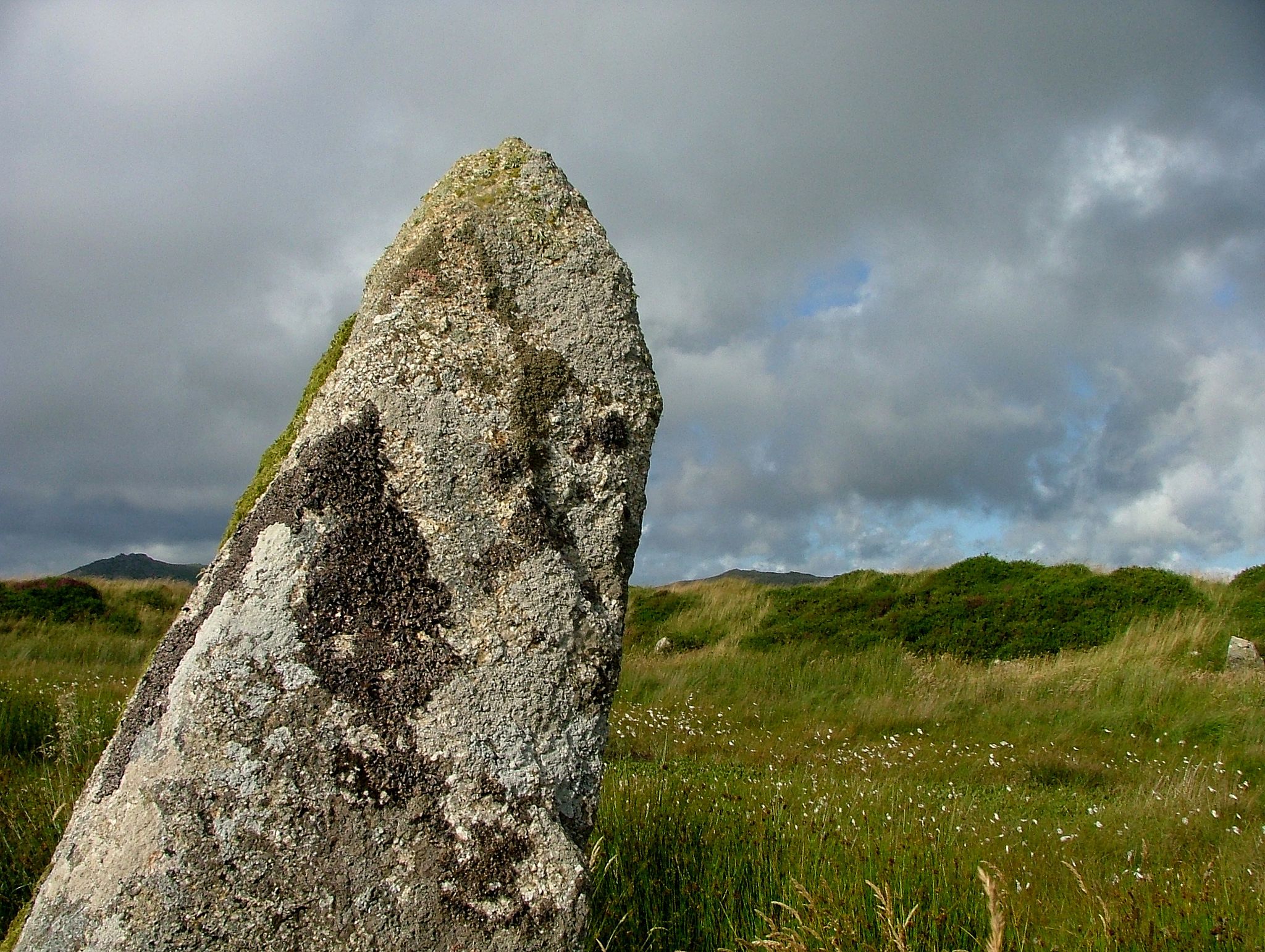England has always been a host of numerous medieval legends, especially the tale of King Arthur, whose legend has continued to inspire heroism and hope to this day. The story has become so widely accepted that many believe his final resting place can be found in the ruins within the English countryside.
Colossal remains
Glastonbury Abbey, located in Somerset, England, is a treasure trove of history, religion and myths. It is believed that the first Christian church in Britain was founded here by Joseph of Arimathea, the keeper of the fabled Holy Grail.
However, another legend tells of the revelation made by local monks, who found what they believed to be the remains of the long-lost King of England in 1190. Along with the remains, there was also a stone cross etched with an inscription that read:
“Here lies buried King Arthur and his wife Guinevere.”
An eyewitness account made by archdeacon Gerald of Wales was written, describing the remains that were found. The tomb was discovered between two pyramid-shaped stone pillars, containing both the skeletal remains of a man and a woman. A long blonde lock of a woman’s hair was also found, but it quickly disintegrated as a monk picked it up.
Success
You are now signed up for our newsletter
Success
Check your email to complete sign up
What fascinated Gerald was the sheer size of the bones. When placed alongside the tallest man on site, the shank-bone reached slightly above the man’s knee. The eye-socket on the skull was about a palm’s width and there were multiple scarred wounds throughout, including a gaping hole larger than the rest. The skeleton measured an astounding near-nine feet, supporting the belief in a long-lost race of giants.
Gerald also wrote that the “leaden cross” with the inscription was found under a stone instead of directly above the tomb as per usual customs.
While the traditions and myths associated with Glastonbury Abbey have made it among the most prominent monasteries in Europe, the legends were often condemned by skeptics, who suggested that the monks made up the tales to gain money for reconstruction, especially after a destructive fire in 1184.
Due to this controversy, the history of the body has been blurred, leaving more questions than answers. Did the monastery burn during, or after the reign of Henry II, who was suspected to have started the fire? If the bones did not belong to King Arthur and Guinevere, who did they belong to?

Archaeological discovery
Despite the skeptics’ mistrust and the degradation of the remains over time, the unearthing of these skeletons attracted the attention of archaeologist Roberta Gilchrist of the University of Reading. Completing a project spanning years, Gilchrist was unhindered by assumptions made about the legend, and pressed on to share stories about the lost past.
“Glastonbury Abbey holds a unique place in the history of medieval monasticism and in the development of English cultural identity,” she said. “Yet despite its historical and cultural significance, relatively little was known about the abbey’s archaeology.”
From 1904 to 1979, the archaeological project saw at least 36 excavations, only to come up with very few finds and misinterpretations to work with. Gilchrist’s team worked through the entire collection of archives with modern technology such as radiocarbon dating and chemical composition analysis on artifacts.
“Our goals were to assess the scholarly significance of the excavations and provide a new historical source of evidence for understanding the site,” said Gilchrist.
The project was able to find a handful of Glastonbury’s past, including evidence of Roman and Saxon activity at the time before the abbey’s beginnings. Furnaces used to produce glass discovered at the site not only proved that Saxons recycled Roman glass, but also that the furnaces were older than originally believed, and were connected to the churches built around A.D. 700; making the manufacturing of glass some of the earliest in Saxon England.
King Arthur found?
After King Arthur and Guinevere’s purported remains were placed in the church, Glastonbury’s links to Arthurian legends persisted over time. The grave where Arthur was supposedly buried was surveyed, but the skeletal remains and the cross were lost after the abbey finally shut down in 1539.
Analysis of the abbey church fueled opposition to the claims that the king was buried there, and led to speculation that the monks used the site’s historic reputation to their advantage, reusing old styles of architecture in the restoration of the church to deliver a fake sense of historical wonder.
Thus, many believed that the cross was nothing more than a fraud – a tool used by the monks to gain fame and fortune over the nobility and followers of the church.
The Encyclopedia Britannica follows this theory, stating that the links of Avalon to Glastonbury were a way for the monks to gain off of the legend for their own benefit. Others have also said that the bodies were potentially Celtic, owing to the burial being similar to what was traditionally used by the Celts at the time.
Archaeologist Ralegh Redford claimed to have located the burial site he dug up around the 1950s and 1960s, but there was very little proof of any connection to the legendary king.
“Radford may have exaggerated his evidence,” said Gilchrist. “Reassessment of his excavation records shows that this was merely a pit in a cemetery, dating to someone between the eleventh and fifteenth centuries.”
Whether the legend of King Arthur’s grave is fact or fable, or an elaborate scheme for the sake of profit, the significance and impact of the legend of King Arthur remains a solid piece of lore and literature for the people of England.
It may seem inconceivable that such a cultural icon would be exploited for the sake of prosperity, especially by those entrusted with faith in the Creator. Have human morals sunk as low as this? Cynics may say so; but those who respect the past and care for our heritage and culture understand the importance of legends, and maintain them as a source of inspiration for generations to come.














